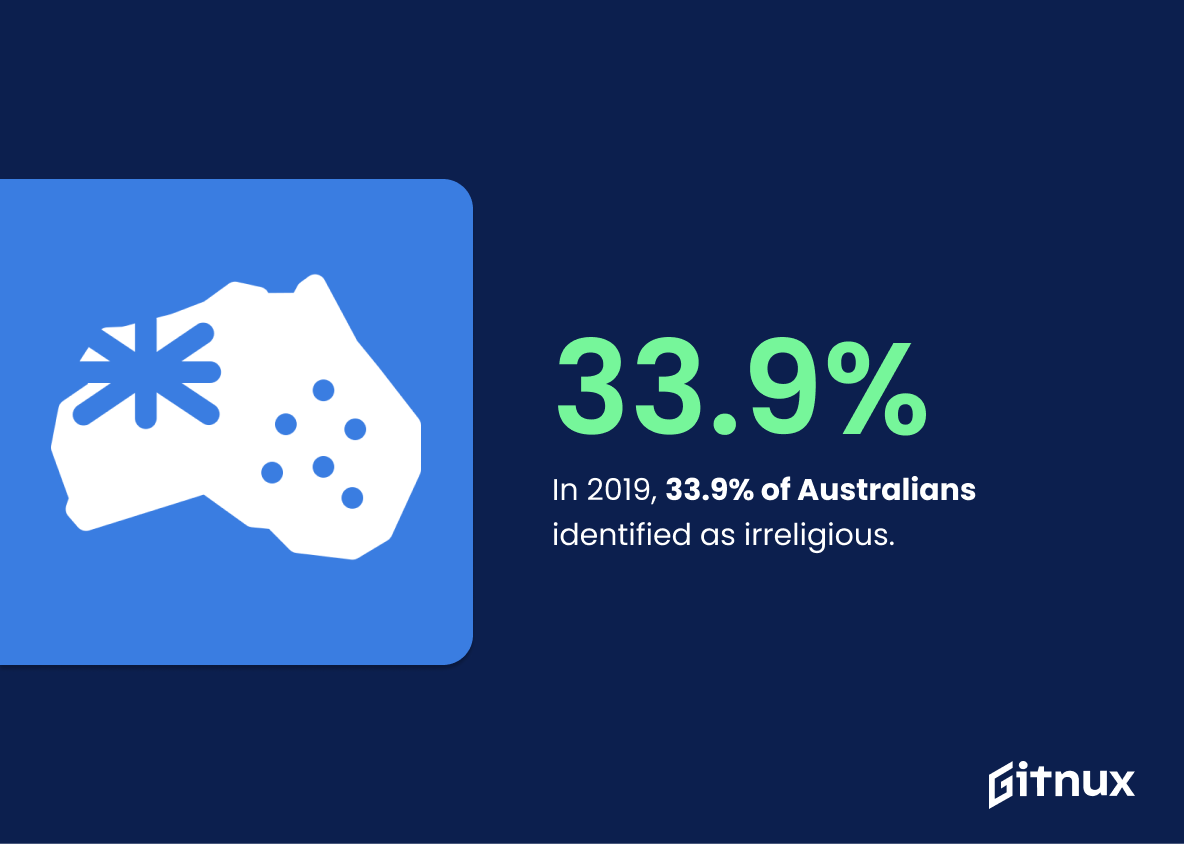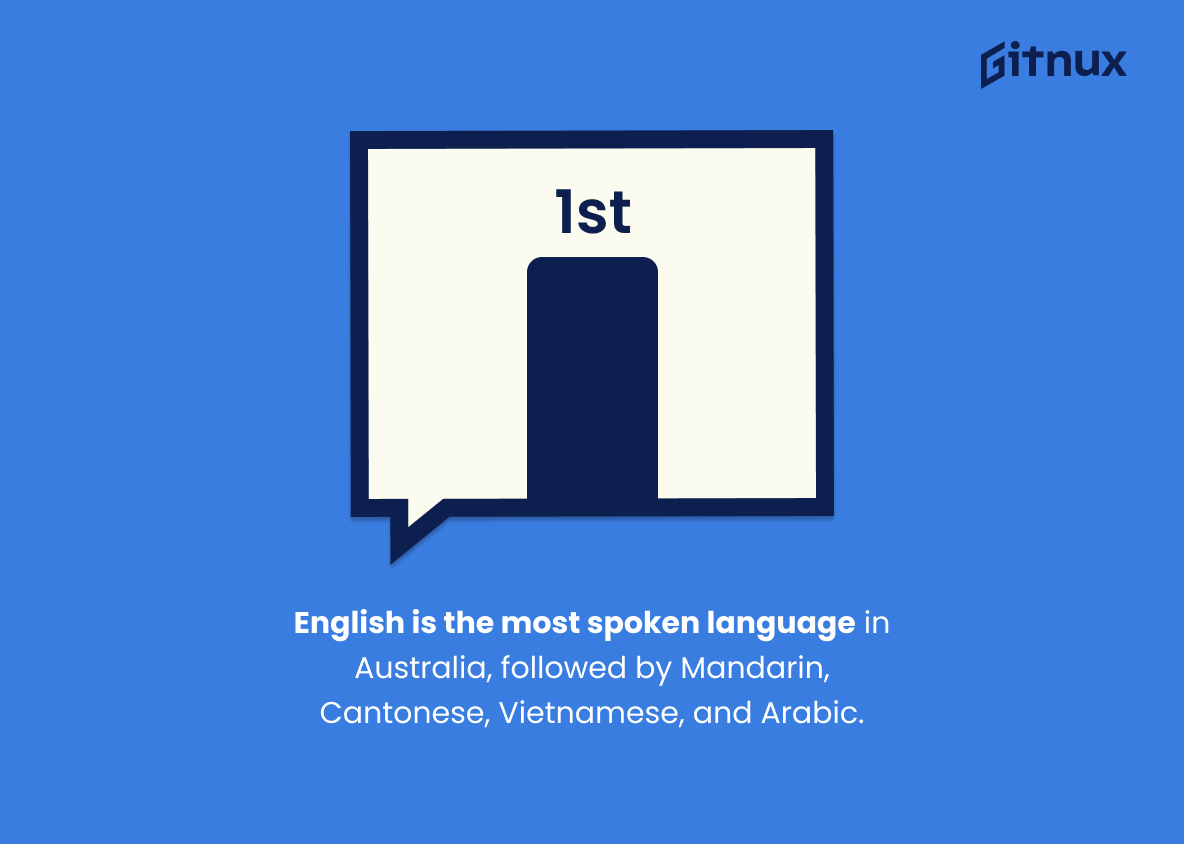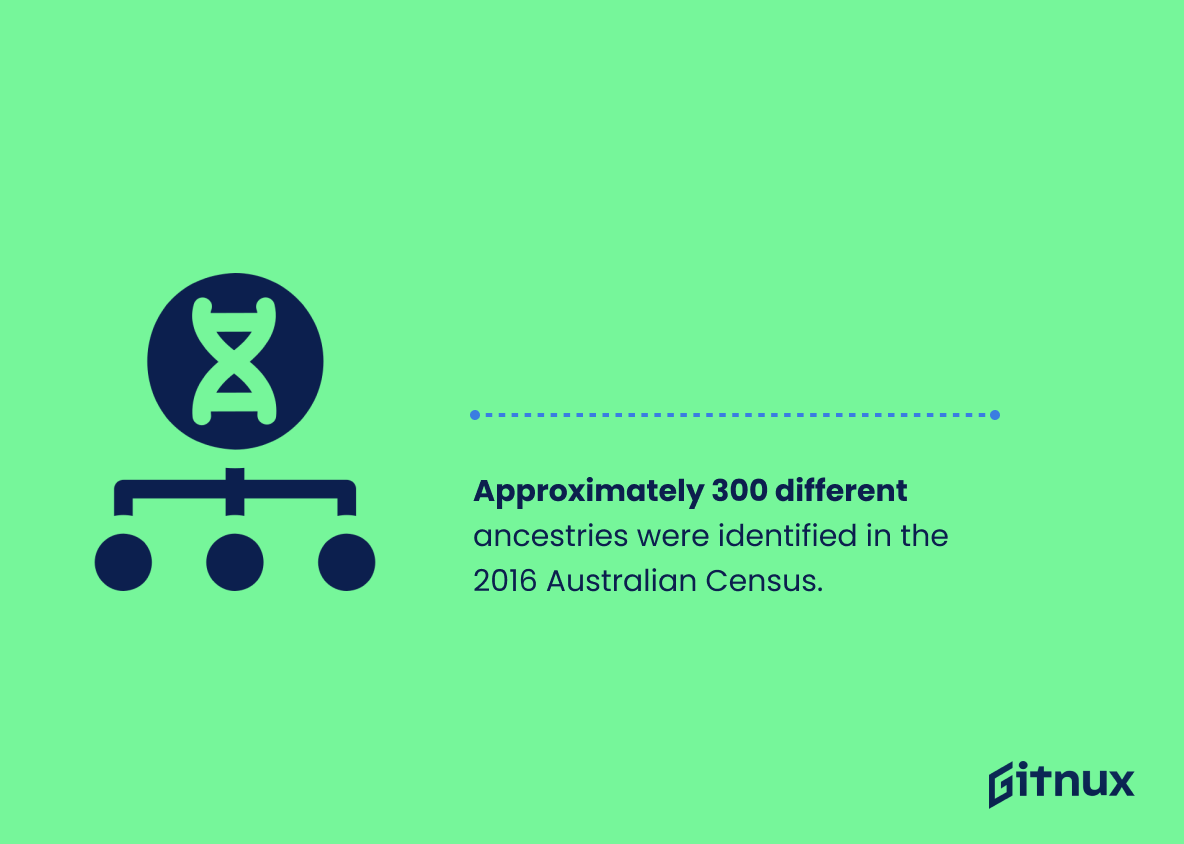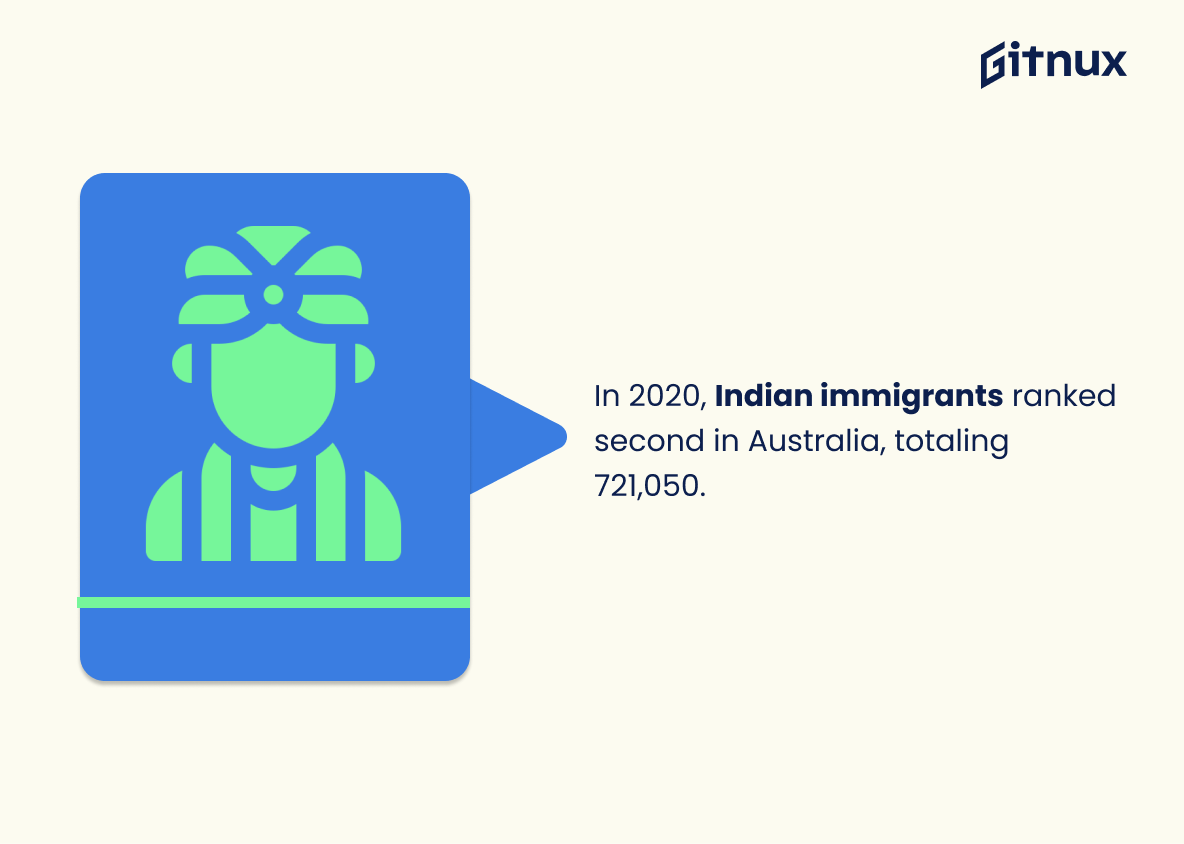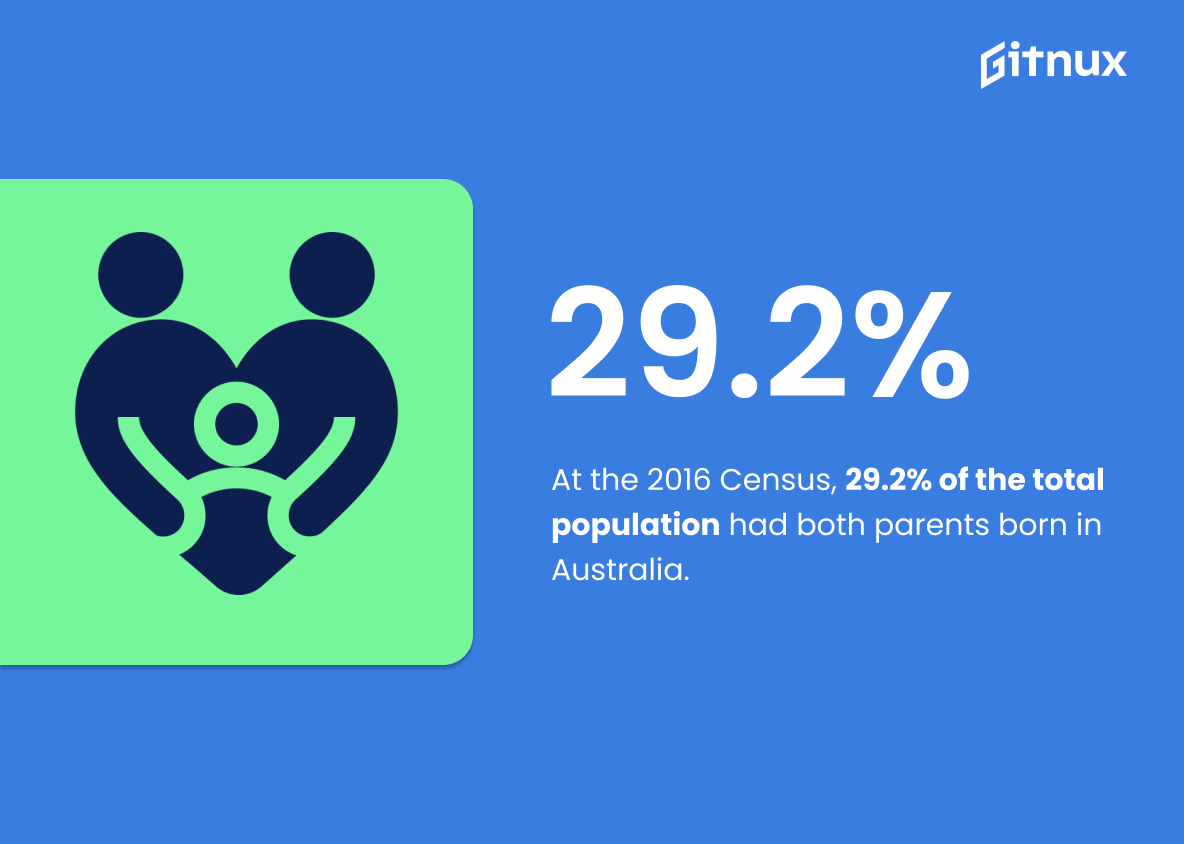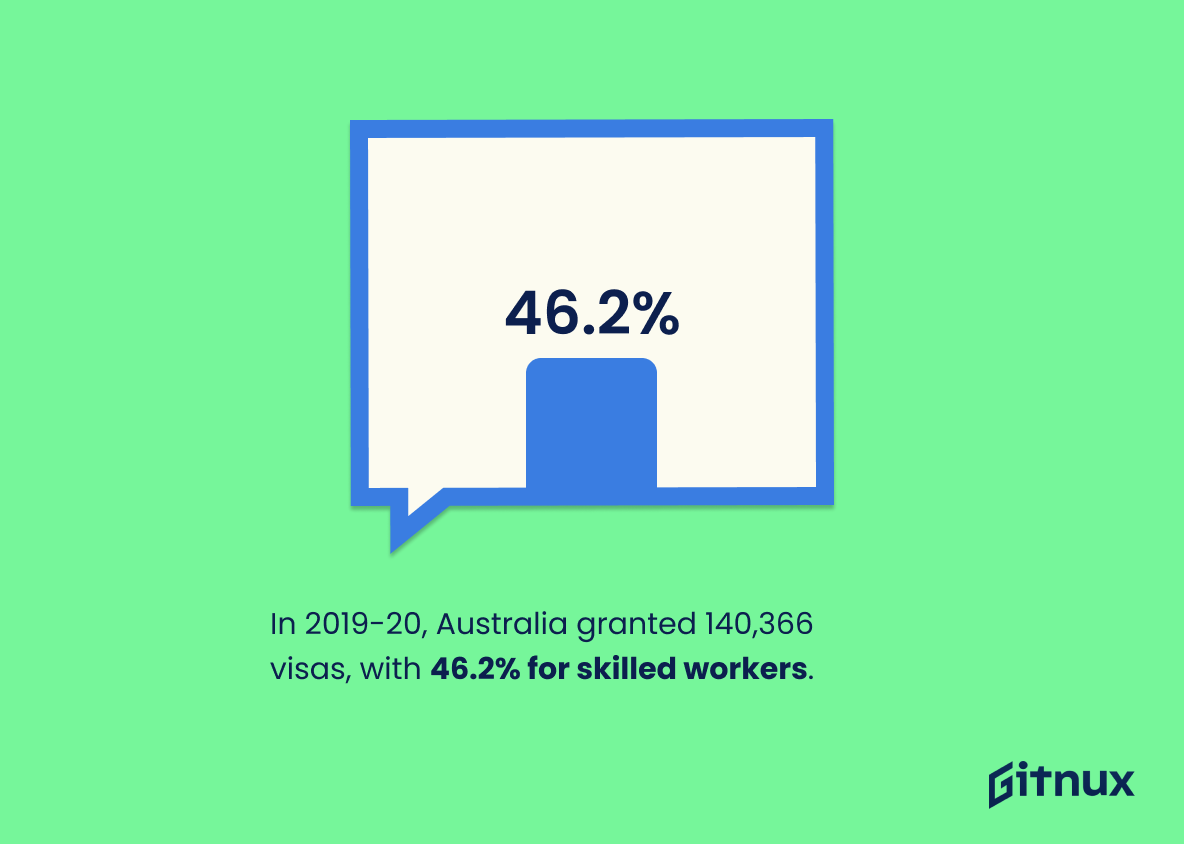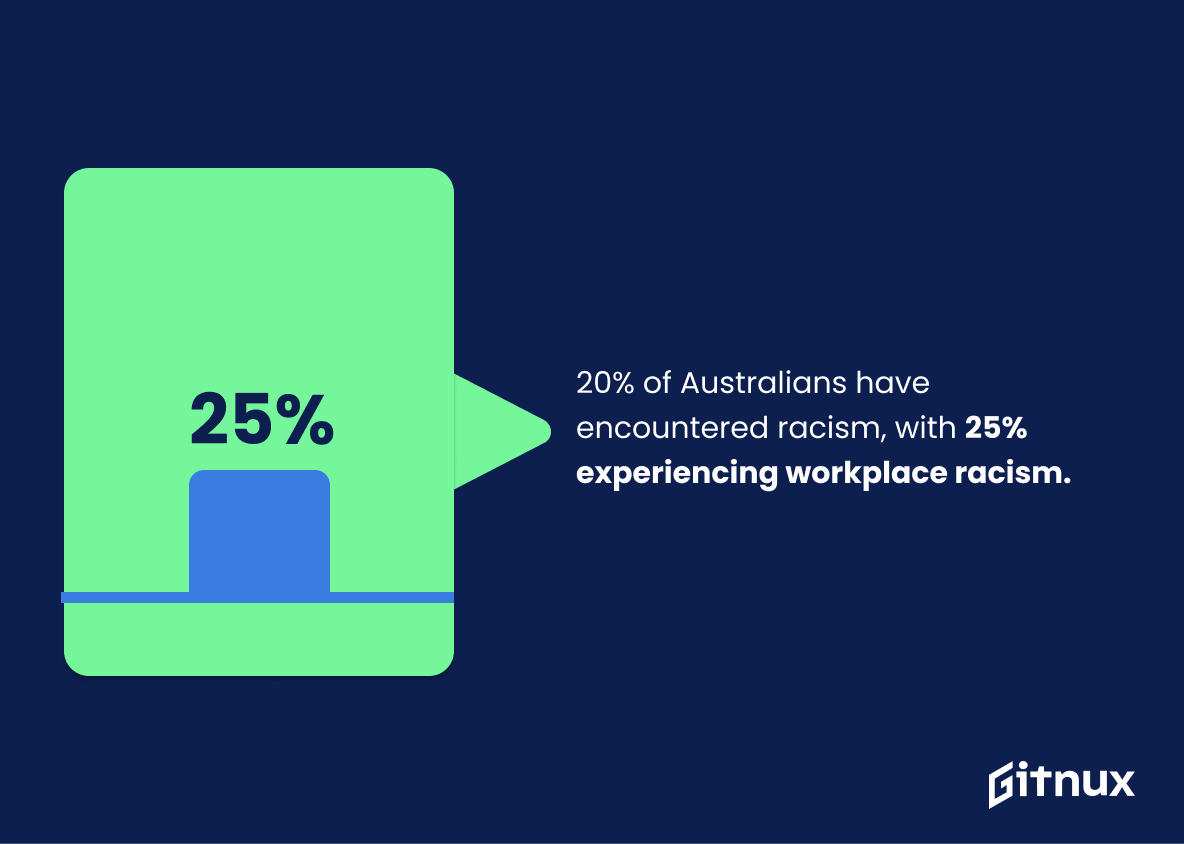Australia is a nation of diverse cultures, languages and beliefs. From the over 300 languages spoken in Australia to the 25% of Australians born overseas, it’s clear that multiculturalism has had an immense impact on our society. This blog post will explore some interesting statistics about Australian multiculturalism from various sources such as The Australian Bureau of Statistics (ABS) and Multicultural Australia. We’ll look at how many people are speaking different languages, where they come from, what religions they practice or don’t practice, their ancestries and more. So let’s dive into these fascinating facts about Australia’s cultural diversity.
Australian Multiculturalism Statistics Overview
In 2019, 33.9% of Australia’s population identified themselves as not having any religious beliefs.
This statistic is a powerful indicator of the changing religious landscape in Australia. It demonstrates that a significant portion of the population is no longer identifying with any particular religion, and that the country is becoming increasingly secular. This is an important factor to consider when discussing the diversity of Australia’s population, as it highlights the growing acceptance of different beliefs and values in the country.
English is the most spoken language in Australia, followed by Mandarin, Cantonese, Vietnamese, and Arabic.
This statistic is a powerful reminder of the incredible diversity of Australia’s population. It speaks to the fact that Australia is a nation of many languages, cultures, and backgrounds, and that these different elements of our society are embraced and celebrated. It is a testament to the strength of our multiculturalism and the importance of understanding and respecting the different cultures that make up our nation.
Approximately 300 different ancestries were identified in the 2016 Australian Census.
This statistic is a testament to the incredible diversity of Australia’s population. It speaks to the fact that Australia is a nation of many different backgrounds, cultures, and ancestries, and that this diversity is something to be celebrated. It is a reminder that Australia is a nation of immigrants, and that this has been a source of strength and resilience for the country. This statistic is a powerful reminder of the importance of multiculturalism in Australia, and the need to continue to foster an inclusive and tolerant society.
In 2020, Indian immigrants made up the second-largest overseas-born group in Australia, totaling 721,050.
This statistic is a testament to the diversity of Australia’s population, highlighting the fact that Indian immigrants make up a significant portion of the overseas-born population. It speaks to the success of Australia’s multiculturalism policies, which have enabled people from all over the world to come and live in the country. This statistic is a reminder of the importance of celebrating and embracing the cultural richness that immigrants bring to Australia.
Between 2011 and 2016, the use of languages other than English in Australian households rose by 66%.
This statistic is a testament to the increasing diversity of Australia’s population. It highlights the fact that more and more Australians are embracing the use of languages other than English in their households, which is indicative of a growing multiculturalism in the country. This is an important indicator of the progress Australia has made in terms of embracing different cultures and languages, and is a positive sign for the future of the nation.
At the 2016 Census, 29.2% of the total population had both parents born in Australia.
This statistic is a testament to the diversity of Australia’s population, showing that nearly a third of the population have both parents born in Australia. It highlights the fact that Australia is a multicultural nation, with a large portion of the population having roots in the country. This statistic is important in understanding the cultural makeup of Australia and how it has evolved over time.
In 2019-20, Australia granted 140,366 permanent visas, and 46.2% of those were granted to skilled workers.
This statistic is a testament to the importance of skilled workers in Australia’s multicultural landscape. It highlights the fact that skilled workers are a major contributor to the country’s diversity, and that the government is actively encouraging their presence. This is a positive sign for the future of multiculturalism in Australia, as it shows that the government is taking steps to ensure that the country remains a welcoming and inclusive place for people of all backgrounds.
The biggest sources of permanent migration to Australia in 2019-20 were India, China, and the United Kingdom.
This statistic is a powerful reminder of the diversity of Australia’s population. It highlights the fact that people from all over the world are choosing to make Australia their home, and that the country is becoming increasingly multicultural. This is an important factor in understanding the cultural landscape of Australia, and the implications this has for the nation’s social and economic development.
One in five Aussies has experienced racism, and a quarter of all Australians have experienced racism at work.
This statistic is a stark reminder of the prevalence of racism in Australia, and how it has infiltrated the workplace. It highlights the need for greater awareness and action to be taken to ensure that all Australians are treated with respect and dignity, regardless of their background. It also serves as a reminder that multiculturalism is not just a concept, but a reality that needs to be embraced and celebrated.
Conclusion
Australia is a diverse and multicultural nation, with over 300 languages spoken across the country. More than 25% of Australia’s population was born overseas, and about 43% have at least one parent who was born overseas. In 2019, 33.9% of Australians identified themselves as having no religious beliefs while English remains the most widely spoken language in Australia followed by Mandarin, Cantonese, Vietnamese and Arabic. Melbourne has the highest population of people born overseas at approximately 35%. Approximately 300 different ancestries were identified in 2016 Australian Census with Indian immigrants making up the second-largest group totaling 721 050 individuals that same year. Between 2011 to 2016 there was an increase of 66% for use of languages other than English within households whilst 29.2 % had both parents born in Australia according to SBS Radio 2015 Language Group Preferences survey results from 2016 census data .
In 2020 140 366 permanent visas were granted 46 2 % being skilled workers India China & United Kingdom being biggest sources 1in 5 Aussies experienced racism 37 percent adults direct connection refugee 16 percent mixed cultural origin 60percent growth due immigration 2018/19 62percent humanitarian migrants Middle East Southwest Asia total fertility rate women abroad higher 1 972 compared those home 1 705 cyber-racism incidents 116 per cent increase 8 3 percent unpaid assistance disability higher amongst those abroad 9 compared 8 domestic 5 GDP attributed international students 2020 conclusion can be drawn that despite some challenges faced by Australians today our society continues embrace diversity inclusion which makes us stronger more vibrant nation
References
0. – https://www.multiculturalaustralia.org.au
1. – https://www.homeaffairs.gov.au
2. – https://www.aph.gov.au
3. – https://www.sbs.com.au
4. – https://www.abs.gov.au
